By the late 70’s the Golden Years of Canadian Motocross had come to an end, as did the boom years of Motorcycle Sales in Canada. The last Motocross Grand Prix had been held at Mosport in 1979. During the mid 80’s thru the mid 90’s sales of Motorcycles plummeted from more than 100,000 units per year to as low as 20,000.
Carl Bastedo had been successful in promoting both a series of National Consumer Motorcycle Shows throughout Canada starting in 1977 as well as Supercross starting in 1980 at Exhibition Stadium in Toronto. Bringing a World Championship Motocross Grand Prix back to Canada was a natural evolution in his mind.
Any Motorsport event requires major sponsorship in order to be successful, this is the way it is all over the World. The Supercross events actually took in more in sponsorship than they did at the gate. The financial success of the Canadian Grand Prix was doomed from the beginning as Yamaha Canada was the only major company to sponsor the event.
In spite of this, a great event was put together in 1984 on an extended Motopark track. Hundreds of loads of dead sand carved out of a “honey hole” found on the property re-surfaced the entire track. Huge D8 bulldozers where brought in to reshape the woods at the south end of the property revealing huge hills and drop offs which where a part of any GP track of the era.
Hospitality wasn’t generally a part of the travelling GP Circus at the time and Motopark was one of the first to introduce a deck overlooking the track with décor and waiters serving up Steak dinners for the local and GP VIP’s in attendance. The Township Reeve and council members where in attendance and Ontario’s Solicitor General arrived for the opening ceremonies via Helicopter which landed in the front yard of Carl’s house.
More than 3,500 spectators paid to get in bringing total attendance close to 5,000. It was the most people seen at a Motocross race in Canada since the great 500cc GP at Copetown in 1975.
All the buzz in the pits was how Canada’s Ross Pederson would fare against the GP regulars, 13 of whom made the trip. Chuckles throughout the pits as the Euro’s looked over Ross’s RM500 “Motocross” bike. On the track it was a different story as Ross challenged many of them finishing top Canadian in 4th place while Glen Nicholson, also on the RM500, was next Canadian garnering 10th.
The podium at the 1984 Grand Prix of Canada was made up of Belgian riders. The victory went to Georges Jobe (Kawasaki) followed by Andre Malherbe (Honda) and Eric Geobers, also on a Honda.
In 1985 the FIM requested that Motopark run a non points paying 250 c.c. GP as the US GP at Unadilla was the following week and they felt the European riders would like to spend the week prior acclimatizing themselves to North America. Only 4 Euro’s made the trip led by Gert Jan Van Doorn who battled with Ross Pederson taking first in Moto 1. Van Doorn suffered a flat tire in Moto 2 allowing Pederson to take the win and become the first Canadian to win a Canadian Grand Prix. American Honda’s Darryl Shultz also showed up in 1985. Shultz finished with a DNF in moto one and 3rd behind Pederson and Doug Hoover in moto 2.
Financially, the Grand Prix’s proved to be to much of a drain and Motopark informed the CMA in the fall of 1985 that it would not run another 500 c.c. World Championship round in 1986. The CMA felt obligated to produce the event and took the production over with agreement that the event would be held at Motopark.
The last Motocross Grand Prix in Canada was held in sweltering heat. The event was well produced but poorly attended. On the Podium in 1986 were Belgians Andre Malherbe, and Eric Geobers while Great Britain’s David Thorpe rounded out the top 3. Top Canadian that year was Doug Hoover and Glen Nicholson in 9 and 10th. Ross Pederson was not entered, I suspect he was injured.
It was the end of an era and the entire World GP Circuit went into a slump during the late 80’s and 90’s as Motorcycle Sales World wide continued to plummet. Slow market growth in the late 90’s led to a revival of the GP scene in early 2000.

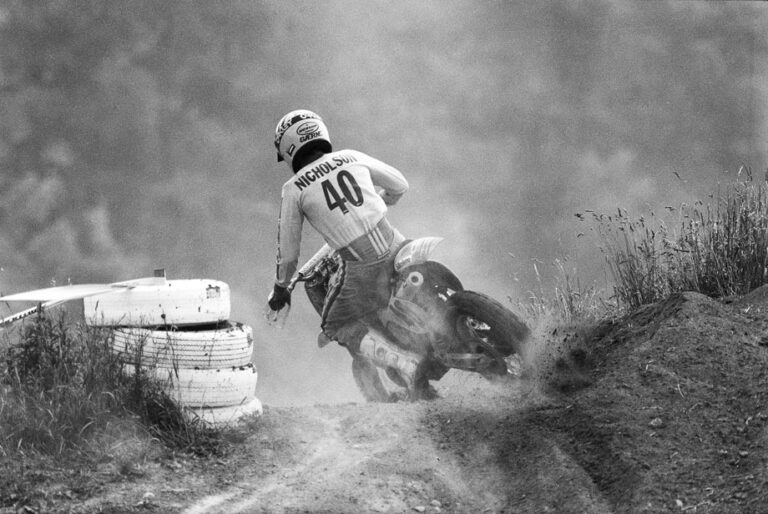

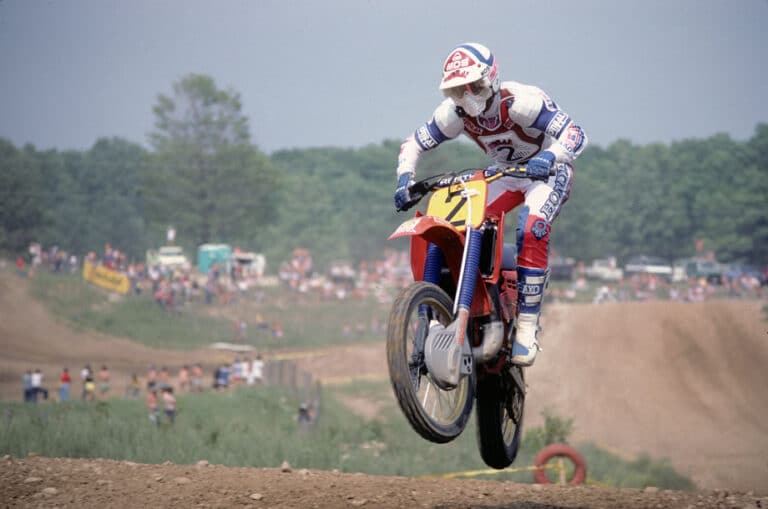
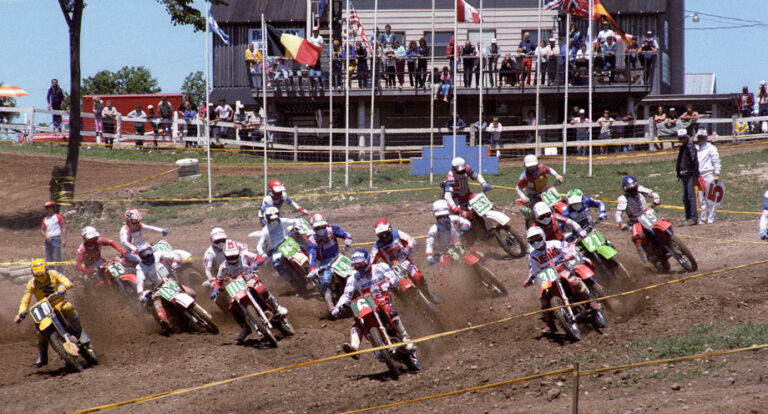
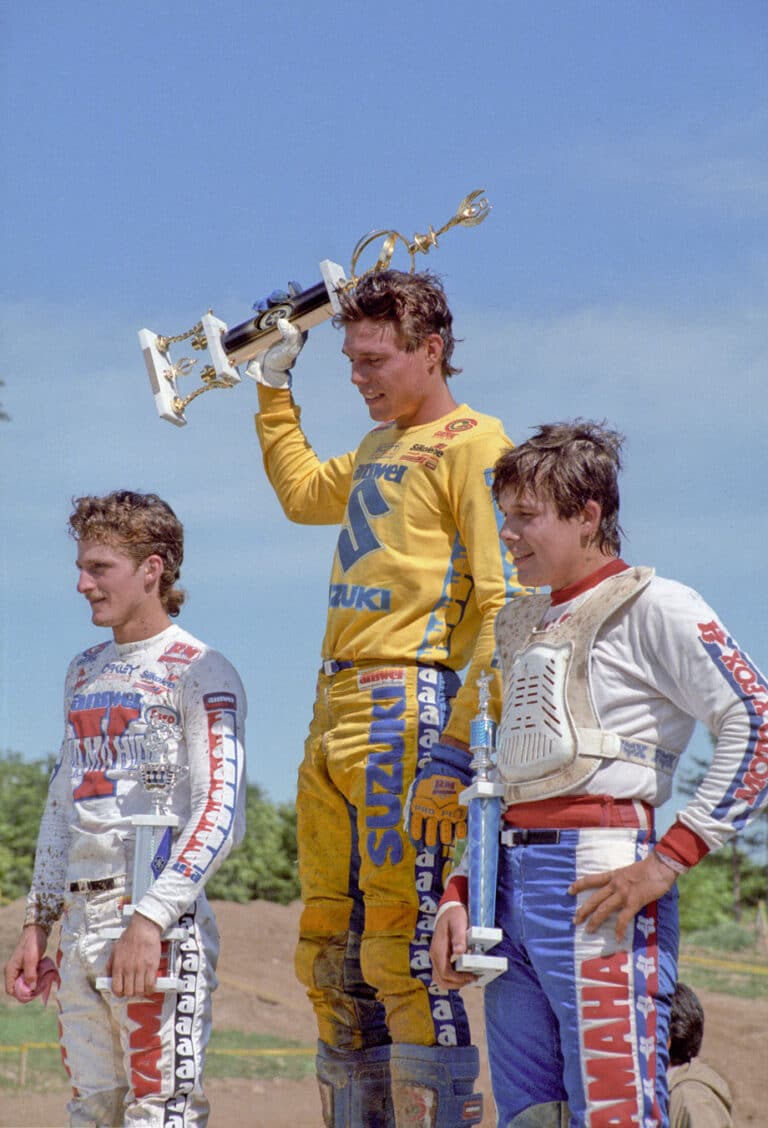
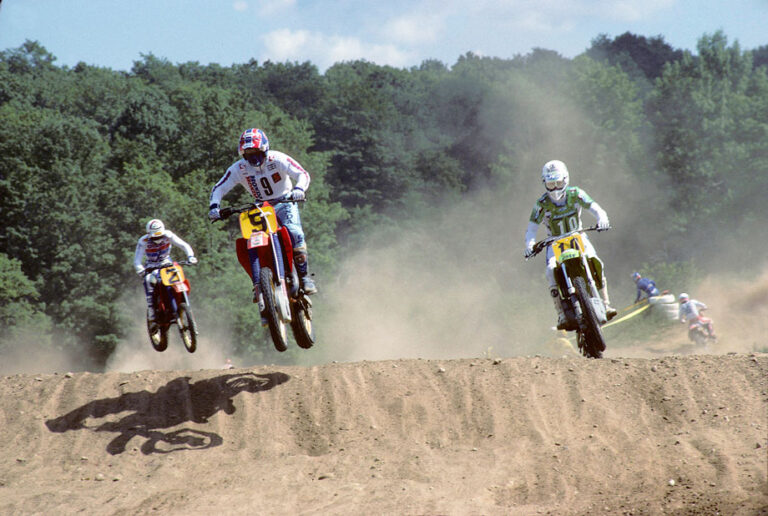
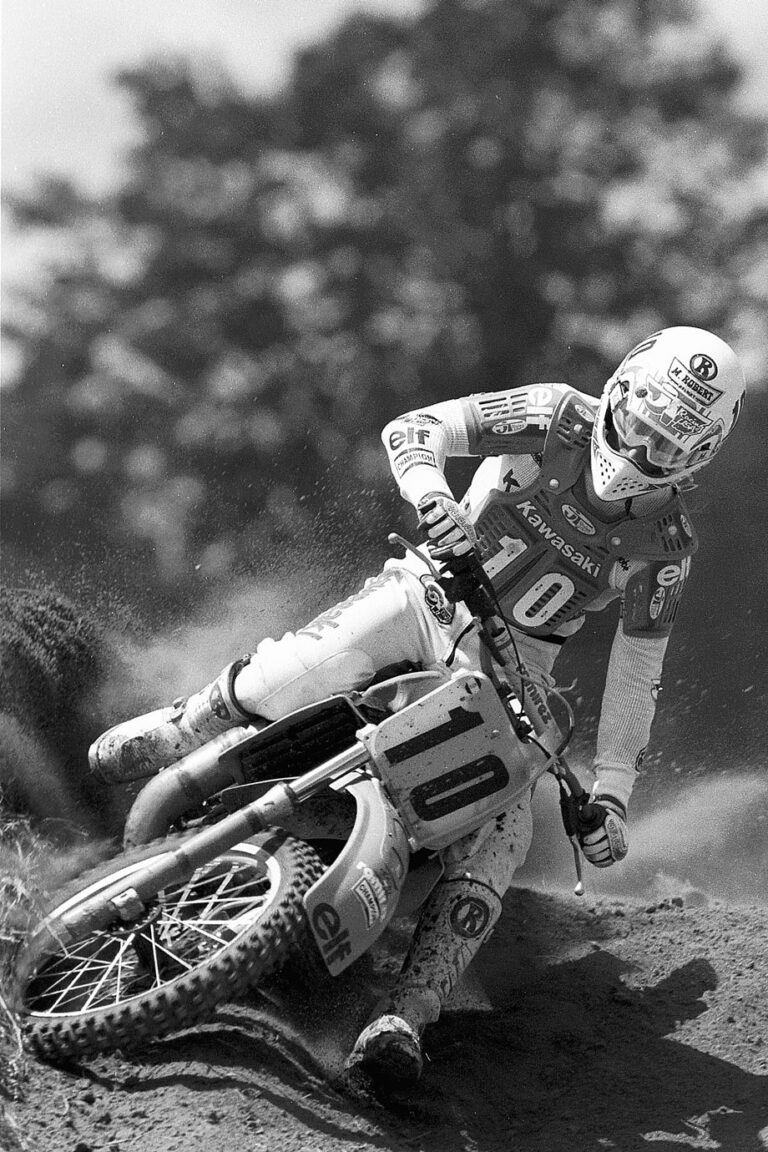
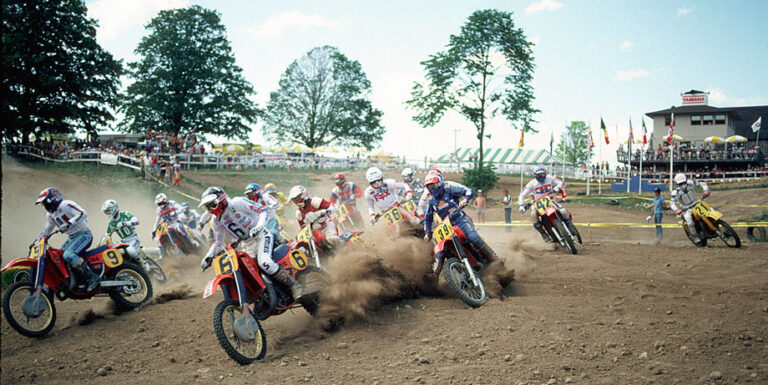
25,849 Responses
гидроизоляция цена gidroizolyaciya-cena-3.ru .
Cosmetology clinic official website Cosmetology clinic official website .
https://mariupolol.ru
гидроизоляция цена http://www.gidroizolyaciya-cena-3.ru .
гидроизоляция цена https://gidroizolyaciya-cena-3.ru .
pogreb-plastikovyy-dlya-dachi-123.ru .
сайт 1win http://1win1165.ru/
cele mai bune cazinouri neteller https://1win40014.ru/
https://alchevskhoe.ru
1с бух облако 1с облако для ип
подключить домашний интернет омск
volgograd-domashnij-internet004.ru
домашний интернет
Cosmetology clinic in Spain Cosmetology clinic in Spain .
cosmetology clinic Marbella prices cosmetology-in-marbella.com .
гидроизоляция цена https://gidroizolyaciya-cena-1.ru .
best cosmetology clinic Marbella https://cosmetology-in-marbella.com/ .
гидроизоляция цена http://gidroizolyaciya-cena-2.ru/ .
электро жалюзи на окна стоимость elektricheskie-zhalyuzi.ru .
lucky jet 1 win скачать lucky jet 1 win скачать
makeevkatop.ru
дизайнерские кашпо для цветов купить дизайнерские кашпо для цветов купить .
купить 1с облако 1с управление облако
гидроизоляция цена http://www.gidroizolyaciya-cena-1.ru .
гидроизоляция цена http://www.gidroizolyaciya-cena-2.ru .
гидроизоляция цена gidroizolyaciya-cena-1.ru .
электрожалюзи в москве http://elektricheskie-zhalyuzi.ru .
промокоды 1win http://1win1164.ru/
гидроизоляция цена http://gidroizolyaciya-cena-2.ru .
гидроизоляция цена https://www.gidroizolyaciya-cena-1.ru .
жалюзи для окон с электроприводом цена http://www.elektricheskie-zhalyuzi.ru .
Все про уютный дом, как сделать дом уютным для всех, советы по ведению дома, как создать уют в доме своими руками, советы по дизайну интерьера https://ujut-v-dome.ru/
RF lifting treatment Marbella http://www.cosmetology-in-marbella.com .
https://debaltsevoty.ru
advanced aesthetic clinic Marbella advanced aesthetic clinic Marbella .
Mantap, tulisannya informatif.
Tidak bisa lebih setuju lagi dengan topik yang diangkat di
sini.
Sangat langka saya menemukan konten tentang Hati Ceria yang
lengkap.
Thanks sudah menulis wawasan ini.
Aku akan membagikan ini kepada rekan kerja.
Harapannya kedepannya akan ada lebih banyak konten bermanfaat seperti ini.
как зайти на 1win https://1win1167.ru
https://info.vsnews.in.ua/listing/kak-uprochnjaetsja-stal/
отзывы о 1win http://1win1168.ru/
провайдеры по адресу
ufa-domashnij-internet004.ru
какие провайдеры по адресу
https://www.pinterest.de/pin/961307482967460821/
makeevkabest.ru
https://makeevkatop.ru
куда вводить промокод 1win https://1win1167.ru
More Bonuses
jaxx bitcoin wallet
you’re in reality a just right webmaster. The web site loading pace is incredible.
It kind of feels that you’re doing any unique trick.
In addition, The contents are masterpiece. you’ve performed a magnificent process
on this matter!
Hey would you mind letting me know which web host you’re using?
I’ve loaded your blog in 3 completely different web browsers and I must say this blog loads
a lot faster then most. Can you recommend a good web hosting provider at
a reasonable price? Cheers, I appreciate it!
My blog … beastforce enhancement
Hey would you mind letting me know which web host you’re using?
I’ve loaded your blog in 3 completely different web browsers and I must say this blog loads
a lot faster then most. Can you recommend a good web hosting provider at
a reasonable price? Cheers, I appreciate it!
My blog … beastforce enhancement
lucky jet bot скачать http://1win1167.ru/
Dokumenty kolekcjonerskie to niezwykle ciekawy obszar dla milosników historii i kultury materialnej. Obejmuje szeroki zakres artefaktów, takich jak stare paszporty, dowody osobiste, prawa jazdy, bilety czy legitymacje. Kolekcjonowanie takich dokumentów moze byc pasjonujacym hobby, pozwalajacym na zglebianie historii i obyczajów róznych epok. Jednakze, ze wzgledu na swój charakter, dokumenty te budza równiez pewne kontrowersje, szczególnie w kontekscie ich ewentualnego wykorzystania w sposób niezgodny z prawem.
Historia dokumentów kolekcjonerskich
Kolekcjonowanie dokumentów ma swoje korzenie w XIX wieku, kiedy to zainteresowanie historia i archeologia zaczelo rosnac wsród zamozniejszych warstw spolecznych. Z czasem, obok starozytnych rekopisów i ksiazek, pojawilo sie równiez zainteresowanie dokumentami o bardziej wspólczesnym charakterze, takimi jak bilety z wydarzen kulturalnych, legitymacje czy inne przedmioty zwiazane z codziennym zyciem.
W XX wieku, zwlaszcza po I wojnie swiatowej, dokumenty takie jak paszporty czy dowody osobiste zaczely byc postrzegane jako cenne pamiatki rodzinne, a takze interesujace obiekty dla kolekcjonerów. Ich wartosc wynikala nie tylko z ich rzadkosci, ale takze z kontekstu historycznego, w jakim powstaly i byly uzywane.
Wartosc dokumentów kolekcjonerskich
Wartosc dokumentów kolekcjonerskich zalezy od wielu czynników, takich jak ich stan, wiek, rzadkosc oraz historyczne znaczenie. Na przyklad, paszport z okresu miedzywojennego nalezacy do znanej postaci historycznej moze osiagnac na aukcjach wysoka cene. Z kolei bilety z waznych wydarzen sportowych czy koncertów moga byc poszukiwane przez kolekcjonerów z calego swiata.
Wartosc dokumentów czesto wzrasta, gdy sa one zwiazane z waznymi momentami w historii, takimi jak wojny, rewolucje, czy zmiany polityczne. Na przyklad, dokumenty z czasów PRL-u, takie jak legitymacje partyjne czy przepustki graniczne, moga byc szczególnie cenione przez kolekcjonerów zainteresowanych historia Polski.
czytaj dalej
https://dyplomik.com/pl/
https://debaltsevoer.ru
1-win 1-win